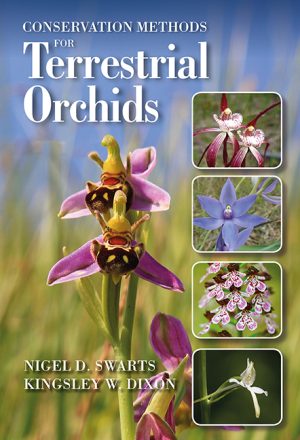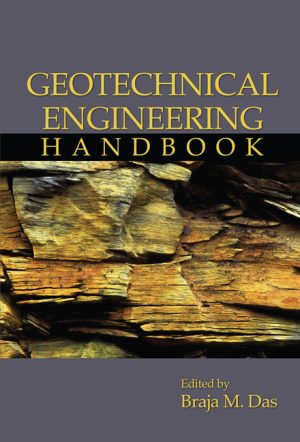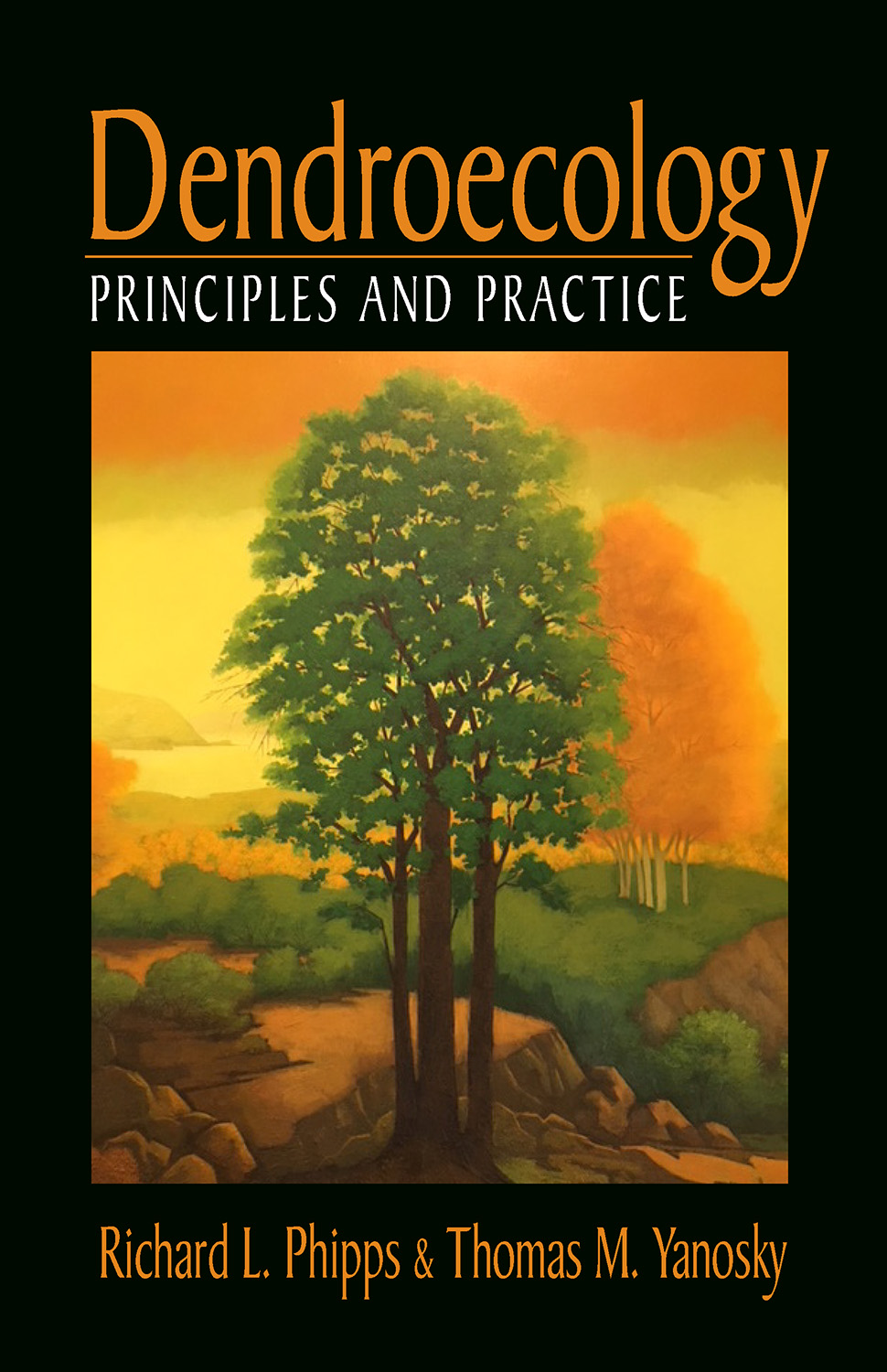Dendroecology
$69.95
Principles and Practice
Richard L. Phipps and Thomas M. Yanosky
Hardcover, 6×9, 258 pages
ISBN: 978-1-60427-145-4
January 2020
Description
This volume is a must have for professionals and students in forestry, ecology, dendrochronology, biology, geomorphology, and anyone else interested in tree-ring analysis as a practical research tool in land-use planning and natural resource management. This volume has a logic to it that starts at square one, including the collection and processing of cores, and then illustrates how and which data can be applied to questions in the field. The emphasis on using basal area increment (BAI), rather than ring-width indices alone, sets the book apart, and provides an extremely useful methodology. Discussions of growth trajectories based on BAI, changes in growth form, the measurement and applicability of complacent versus sensitive ring series, and the impact of environmental variables upon ring anatomy are discussed with practical examples provided. A wide range of applications include forest stand dynamics, archaeological dating, hydrology, and geomorphic phenomena. Give someone an increment core and a way to measure rings, and this book will guide them to the attainment of useful ecological information.
Key Features
- Delivers sufficient instruction for the reader to actually apply tree-ring studies to their own particular area of expertise
- Presents and discusses the applications of ring width and basal area increment analysis for ecological inference
- Provides practical methods for collection and storage of tree-ring material
- Includes simple botanical techniques that allow for important inferences concerning historical and present-day environmental conditions
- Includes a glossary of key terms used in dendroecology
About the author(s)
Richard L. Phipps received his B.S. in Botany from Eastern Illinois University, a M.S. in Botany from The Ohio State University (OSU), and his Ph.D. in botany, with a specialization in ecology, from OSU. He worked as a research botanist for the U.S. Geological Survey for over 30 years, establishing and operating a tree-ring laboratory as a project chief in the National Research Program of the Water Resources Division. Additionally, he taught special courses in dendrochronology and forest ecology at George Washington University (GWU), George Mason University (GMU) (adjunct professor), and the University of Illinois (visiting professor). He was a major research advisor for Ph.D. candidates and numerous M.S. candidates while at GWU and GMU. His research interests included tree growth, tree physiology, and development and general forest ecology. Outside interests include beekeeping, apitherapy and small engine mechanics. He now divides his time between Fairfax, Virginia and Nags Head, North Carolina.
Thomas M. Yanosky received a B.S. in Biology from Cornell University, an M.S. in Biology from George Mason University, and a Ph.D. in Plant Physiology and Anatomy from George Washington University. For 32 years Tom worked as a Research Botanist at the U.S. Geological Survey where he conducted research on the growth responses of riparian trees to flooding in order to estimate the frequency and magnitude of floods where hydrologic records are incomplete or lacking. In addition, he conducted some of the first studies using the multi-element concentrations within tree rings to estimate the spatial extent and historical onset of contaminated ground water and soils. As an adjunct professor at George Mason University, he taught undergraduate and graduate-level courses in the Department of Biology. Tom was also an associate editor for the International Association of Wood Anatomists Bulletin. Lepidoptery, art, and 19th century English and American literature are among his other interests and he resides in Canyon Lake, Texas, with his wife, Rhonda.
Table of Contents
Chapter 1: Ring Formation
Chapter 2: Collecting Tree-Ring Material
Chapter 3: Crossdating, Measurement, and Standardization
Chapter 4: Ring-Width Variability for Ecological Inference
Chapter 5: Practical Applications
Chapter 6: Basal Area Increment and the Non-Climatic Component
Chapter 7: Applications of Basal Area Increment
Chapter 8: The Climatic Component: Correlation with Environmental Factors
Glossary
Appendix
Related products
-

Conservation Methods for Terrestrial Orchids
Retail Price: $69.95$59.95 Add to cart -

Building Systems Integration for Enhanced Environmental Performance
Retail Price: $89.95$79.95 Add to cart -

Architectural Acoustics
Retail Price: $64.95$54.95 Add to cart -

Geotechnical Engineering Handbook
Retail Price: $129.95$109.95 Add to cart -

Head-Related Transfer Function and Virtual Auditory Display
Retail Price: $99.95$89.95 Add to cart

